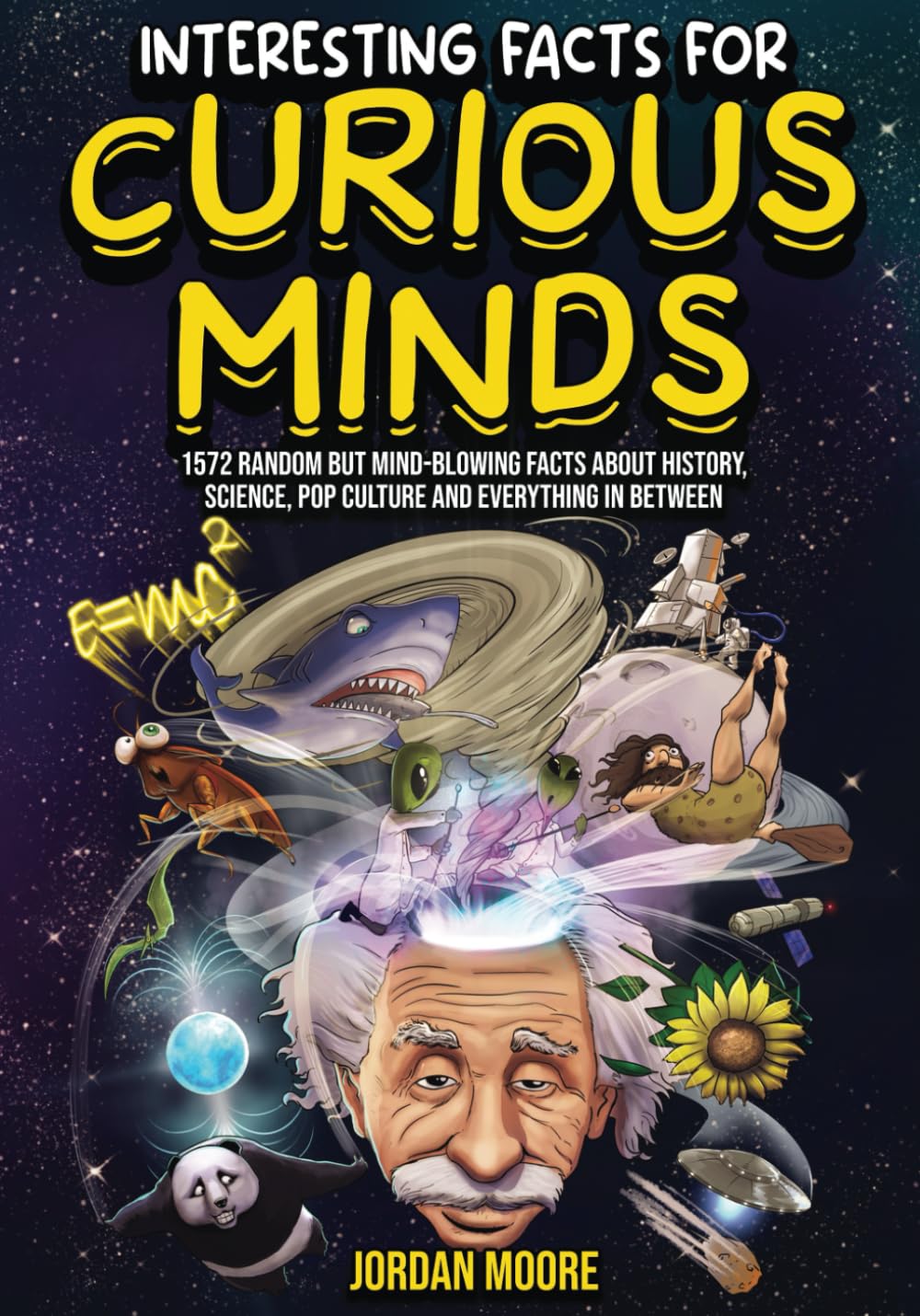
Interesting Facts For Curious Minds: 1572 Random But Mind-Blowing Facts About History, Science, Pop Culture And Everything In Between
Keep It Down!
byKeep it down! Sound is everywhere, yet some of the most remarkable noises throughout history go unnoticed by the human ear. For instance, the sound of the Big Bang, though it marked the birth of the universe, was too low in frequency for humans to hear. This phenomenon highlights the limitations of human hearing, especially when compared to the vastness of sound frequencies present in nature. Interestingly, synesthesia—a rare condition affecting about 1% to 4% of people—blurs the boundaries between the senses. Those with synesthesia may see colors when they hear sounds, a fascinating twist that combines auditory and visual experiences, showing how diverse human perception can be. It serves as a reminder of the complexity of sound and how different individuals experience it.
Over time, human and animal hearing abilities have been subjects of fascination. Cats and dogs are known for their superior hearing compared to humans, but dolphins far surpass them. These marine mammals can detect sounds up to 15 miles away, giving them a remarkable advantage when navigating the vast ocean. The whip, too, is an example of the speed and power of sound—its crack occurs when the tip travels faster than the speed of sound, reaching speeds of 767 miles per hour. Such examples remind us of the incredible ways sound operates in the animal kingdom. On the other hand, human hearing, while less advanced, remains a significant aspect of daily life. Yet, hearing loss continues to be a global issue, affecting more people than Parkinson’s Disease, Epilepsy, Alzheimer’s Disease, and Diabetes combined. The magnitude of this health concern shows the importance of sound in our lives and the need to protect our hearing.
The history of sound and its role in culture and technology is rich and varied. For example, while the sound of the glaciers during the Last Ice Age would have been a constant reminder of the planet’s changing climate, today, the concept of sound has evolved into something more scientific. Space, for instance, remains eerily silent because there are no molecules in the vacuum to transmit sound. This is why space scenes in movies like Star Wars and Star Trek are devoid of realistic sound. Meanwhile, on Earth, the loudest sounds ever recorded, like the atomic bombs dropped on Hiroshima and Nagasaki, reached an unimaginable 240 decibels, a level that far exceeds the threshold of pain for the human ear. The creation of sound is not always linked to human activities; even tiny creatures like the pistol shrimp, which can generate a sound of 218 decibels with its snapping claws, remind us how sound in nature can surpass even the loudest human-made noises.
Sound plays a significant role in both the natural world and human life, with a range of frequencies from infrasound to the highest pitched tones. Infrasound, which is below the range of human hearing, is used by certain animals, such as pigeons, for navigation. Although how they use these sound waves remains a mystery, the fact that animals perceive sounds beyond our comprehension emphasizes the depth of the natural world. Similarly, sounds that humans can hear, like the strange humming noise that has plagued Taos, New Mexico for decades, highlight the enigmatic qualities of sound. This hum, which only a small percentage of the population can hear, is just one example of how sound can have both scientific and mysterious qualities. The desire to understand such phenomena, whether through physics, biology, or cultural history, underscores the importance of sound in shaping our environment.
The impact of sound on human culture is also profound. The earliest musical instruments, like lyres and cymbals, were used in ancient Mesopotamia and Egypt around 2800 BCE. These instruments not only created music but also shaped the cultural identity of early societies, showing the timeless nature of sound as a form of expression. Additionally, the study of sound has allowed us to develop technologies such as hearing aids and cochlear implants, helping people with hearing impairments experience sound again. With the global increase in cases of tinnitus—an incessant ringing in the ears that affects 10% of Americans in the past year—it’s clear that sound plays a critical role in both the health and well-being of individuals. The ability to hear is so vital that even the smallest bones in the human body, the ossicles in the middle ear, are essential for transmitting sound to the brain.
Finally, noise ordinances, dating back to the 500s BCE in the Greek colony of Sybaris, show that the regulation of sound has been important for thousands of years. The ancient law prohibited noisy activities, such as the clanging of tinsmiths and the crowing of roosters, to preserve the peace. Modern noise regulations continue to play a crucial role in maintaining public health, ensuring that cities remain livable despite the hustle and bustle of daily life. The importance of sound regulation is further demonstrated by places like the Orfield Labs anechoic chamber in Minneapolis, considered the quietest place on Earth. In a world where sound is both a tool and a challenge, understanding its effects and managing its impact is essential for a balanced, healthy society.

